
 Instagram
Instagram
Broken Knuckle: Diagnosis, Symptoms and Treatment

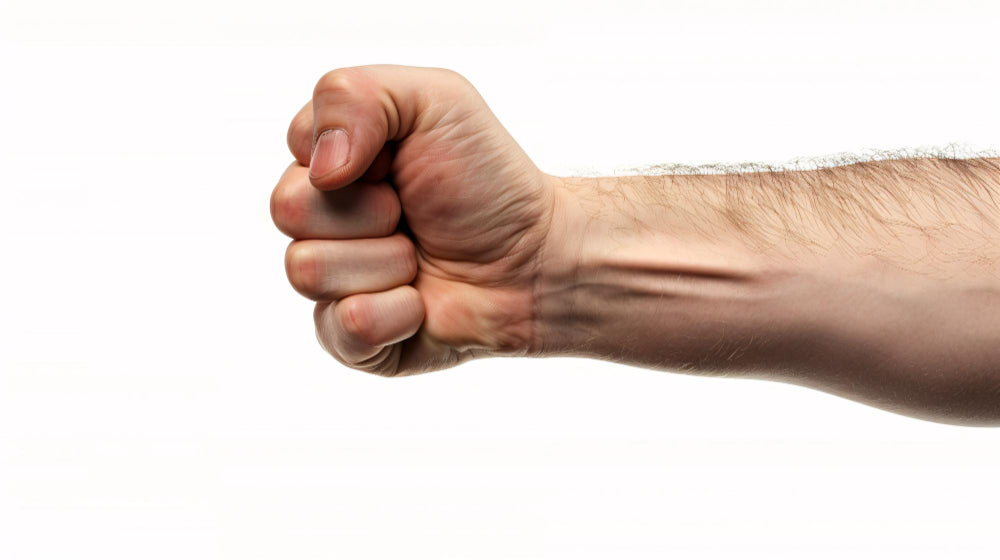
Related products
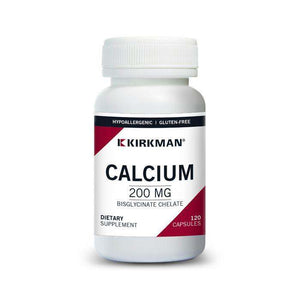
The broken knuckle is largely sustained through direct trauma or by applying excessive force on the hand. Proper and accurate medical attention is urgently called for the complete functional restoration and healing to occur. This paper delves deep into the important dimensions of diagnosing, recognizing symptoms, and available treatment options for the broken knuckle by intermingling expert insights and latest research in the medical field. Such subtleties make the understanding of this injury very important for the patient, as well as for the healthcare providers, so that the path of recovery remains clear of the potential risks of long-term complications and restores hand function to its optimum.
What is the Diagnosis of a Broken Knuckle?
Diagnosis of broken knuckles is multifaceted as it includes both physical examination as well as imaging. Dr Robert Fields, an orthopaedic specialist opines that, "The first step to assessment includes a detailed physical examination, during which the doctor examines the knuckles for signs of deformity, swelling, and bruising." Most patients approach with a complaint of stabbing pain and the inability to bend the injured digit, and both these presentations are highly suggestive of breakage.
Imaging is necessary in the treatment process. The modality most in use is X-ray. X-rays give clear imaging about the bone structure. Where the case is complicated, one might be required to undertake a CT scan to determine the degree of injury. According to the Journal of Hand Surgery, 70% of hand fractures present with findings at the knuckles. By this, it means the diagnostic modality shall be more precise to guarantee proper treatment. Find out more on osteoporosis and if it's a concern.
What are the Symptoms of a Broken Knuckle?
It's really important to recognize symptoms such as a broken knuckle for timeous intervention. A trauma surgeon, Dr Emily Watson, goes on to say, "Patients typically experience immediate pain, swelling, and sometimes a visible deformity." The injured part will be tender, and it might have some bruising, and the patient will also find it hard to make a fist or flex the finger.
Crepitus, a grinding sensation caused by the rubbing of the broken bone ends against each other, is an important symptom that must be looked out for. There can also be a gap that one can feel or a step-off at the site the fracture. Cases vary in degree in all the presentations outlined, yet a doctor should see any suspected fractures immediately to prevent potential complications, leading to improper healing and permanent deformities.
What are the Treatment Options for a Broken Knuckle?
Based on the location and complexity of the fracture, the simple, nondisplaced fractures might only need to be immobilized. Dr Karen Blake, who is an orthopedic hand surgeon, reports that "the bone should be on a splint for four to six weeks to heal appropriately". This regiment of splinting usually advances to physical therapy to achieve an end of strength and mobility.
Displaced or comminuted fractures may require surgery. These could range from closed reduction, where the bone is put back in place without opening the skin, to open reduction and internal fixation (ORIF) of the bone using screws, wires, or plates to hold the bone in place. According to the American Academy of Orthopaedic Surgeons, more than 90% of patients will regain full function of their hand after an ORIF.
The other important facet of treatment is pain management. Drugs of the analgesic group are often prescribed to the patient. NSAIDs- non-steroidal anti-inflammatory drugs are frequently used. If the pain is severe, then administration of stronger drugs may be done. Besides medication, ice is applied to the affected area to reduce swelling and thus diminish pain.
Rehabilitation and Recovery
Rehabilitation after the treatment is very crucial. Physiotherapy helps in active regeneration of the functional activity of the hand, as well as the prevention of stiffness. Dr James O'Connor says, "Rehabilitation exercises should start as soon as the immobilisation period ends to ensure optimal recovery."
Therapeutic exercises are performed to increase the range of movement, strength, and dexterity. There is a call for engaging in a structured rehabilitation program over a course of time, which ought to be designed to suit a person. The period taken during recovery is varied in many patients; however, in most cases, the patient can regain full function in between three and six months on the condition that they follow their rehabilitation program.

People Also Ask
Can a broken knuckle heal on its own?
A broken knuckle can heal by itself. But proper medical evaluation and analysis are important for it to heal in the right method and not improperly aligned or keep deformed permanently.
Should you go to A&E for a broken finger?
Yes, you can move your finger if you are having a broken knuckle; but if you have a broken finger, it will be advisable to go to A&E to have yourself properly diagnosed and treated with splinting and pain management and maybe surgical intervention in case of severe fracture of the finger bone.
Can you have a broken knuckle and still move it?
Yes, a person can move his/her hand even with a broken knuckle. But it may be painful and not as usual. But nevertheless, the extent of injury should be brought out for medical evaluation.
Can you ignore a broken knuckle?
No, it is not recommended that you ignore a broken knuckle. Out of place and improper healing will definitely lead to complications like reduced functionality and chronic pain.




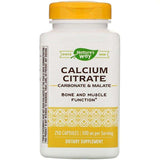
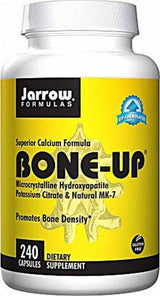

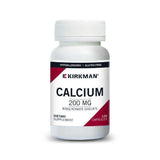


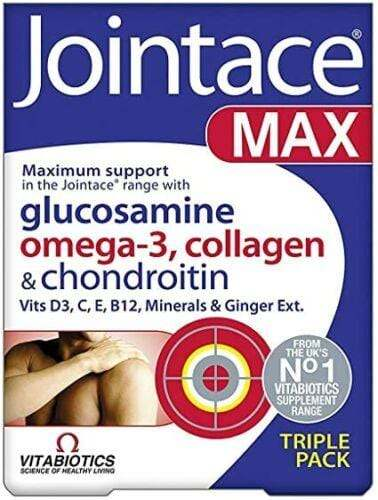








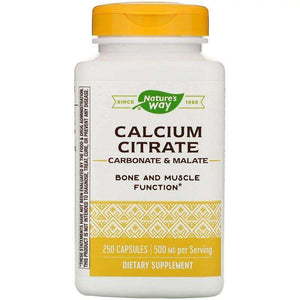
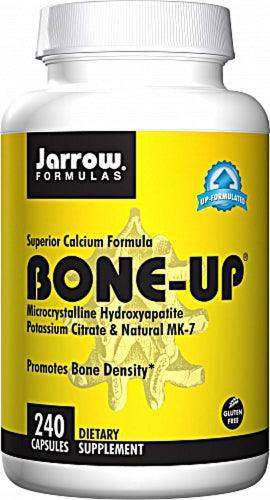


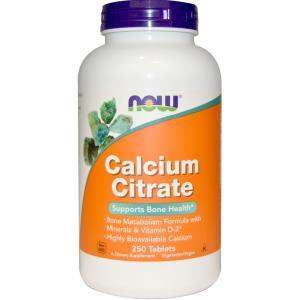




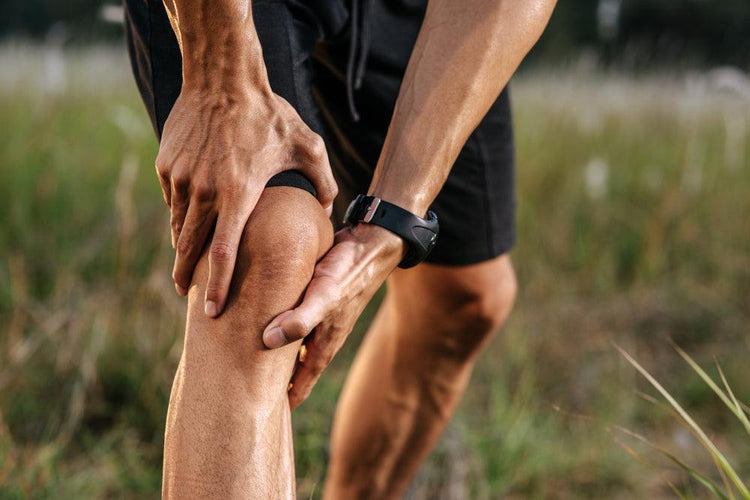


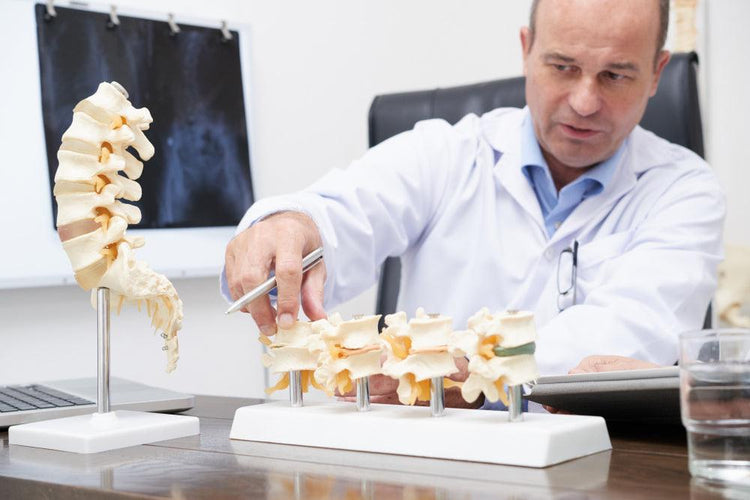
 Rated Excellent by 26,523+ Reviews
Rated Excellent by 26,523+ Reviews